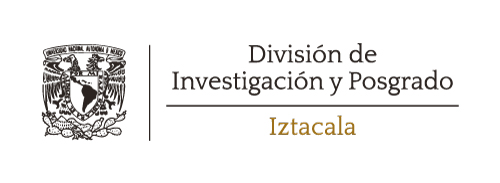
| Location within campus: | Laboratory 4, Morphology and Function Unit |
| Phone: | 55 5623 1254 |
| Head of Laboratory: | Dr. Erasmo Negrete Abascal Full Professor “C” negretee@yahoo.com |
| Research lines per researcher: | Microbial Pathogenicity. Identification and Characterization of Virulence Factors in Bacteria of Veterinary and Medical Significance. |

In the laboratory, various pathogenicity mechanisms (virulence factors) that allow a bacterial pathogen to:
- Colonize a host through the expression of fimbriae, adhesins, hemagglutinins, or flagella.
- Evade host defense mechanisms by producing toxins that deactivate immune response cells, degrading immunoglobulins or complement components, among other molecules. They also produce microvesicles and biofilms, enabling them to withstand desiccation, stress, or antimicrobial treatments and ensuring their survival.
- Obtain necessary nutrients for replication by expressing proteases that degrade host molecules or proteins that serve as receptors for essential micronutrients such as iron.
- Communicate with similar or different microorganisms or their host by producing and detecting signaling molecules, thus controlling their gene expression to become successful pathogens.

Montes-García JF, Delgado-Tapia WA, Vazquez-Cruz D18, Vaca S, Cruz-Córdova A, Negrete-Abascal E.. (2019). Actinobacillus seminis GroEL-homologous protein agglutinates sheep erythrocytes.. Antonie Van Leeuwenhoek, 112, 1655-1662. doi: 10.1007/s10482-019-01292-6.
López-Ochoa AJ, Sánchez-Alonso P, Vázquez-Cruz C, Horta-Valerdi G, Negrete-Abascal E, Vaca-Pacheco S, Mejía R, Pérez-Márquez M. (2019). Molecular and genetic characterization of the pOV plasmid from Pasteurella multocida and construction of an integration vector for Gallibacterium anatis.. Plasmid, 103, 45-52. doi: 10.1016/j.plasmid.2019.04.003
Montes García JF, Vaca S, Delgado NL, Uribe-García A, Vázquez C, Sánchez Alonso P, Xicohtencatl Cortes J, Cruz Cordoba A, Negrete Abascal E. (2018). Mannheimia haemolytica OmpP2-like is an amyloid-like protein, forms filaments, takes part in cell adhesion and is part of biofilms.. Antonie Van Leeuwenhoek, 111, 2311-2321. doi: 10.1007/s10482-018-1122-9
Negrete-Abascal E, Montes-Garcia F, Vaca-Pacheco S, Leyto-Gil AM, Fragoso-Garcia E, Carvente-Garcia R, Perez-Agueros S, Castelan-Sanchez HG, Garcia-Molina A, Villamar TE, Sánchez-Alonso P, Vazquez-Cruz C. (2018). Genome sequence of Actinobacillus seminis strain ATCC 15768, a reference strain of ovine pathogens that causes infections in reproductive organs.. Genome Announc., 6, pii: e01453-17. doi: 10.1128/genomeA.01453-17.
López-Ochoa J, Montes-García JF, Vázquez C, Sánchez-Alonso P, Pérez-Márquez VM, Blackall PJ, Vaca S, Negrete-Abascal E. (2017). Gallibacterium elongation factor-Tu possesses amyloid-like protein characteristics, participates in cell adhesion, and is present in biofilms.. J Microbiol, 55, 745-752. doi: 10.1007/s12275-017-7077-0

| Entry profile of potential thesis students: | |
| Service Social Data: |
